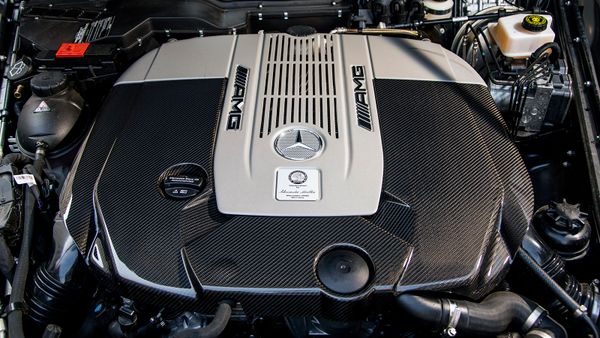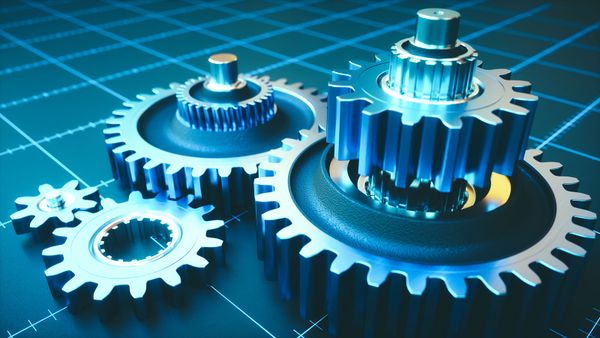Each car engine has a redline, a maximum point of revolutions per minute, which limits how much an engine can work without exploding. You shift gears in a manual transmission car when you encounter different driving conditions (going uphill or downhill, speeding up or slowing down, etc.) to keep the engine from getting to the redline and to make sure it performs as well as it can. The gear selector fork is attached to a collar with dog teeth, which engage the gears. If you make a mistake when you're shifting between gears and, as a result, hear this terrible grinding sound, it's from the dog teeth that are trying to fit into the holes in the gears.
The clutch is the part of the car that allows you to connect or disconnect the engine and the transmission when you change gears. If you push down on the clutch, the engine can still run when the car is standing still, as the engine and the transmission are no longer connected. Double-clutching, a technique that is used mostly in older cars and in race cars, requires the driver to push and release the clutch twice whenever a change in gears is desired. For example, you first push the clutch to disconnect the engine from the transmission; then you move the collar with the dog teeth into neutral. You release the clutch pedal and step on the gas so the gear will be rotating at the same speed as the collar to enable the dog teeth to easily engage the holes on the side of the gear. You have to push the clutch again in order for the collar to lock into the new gear.
Advertisement

